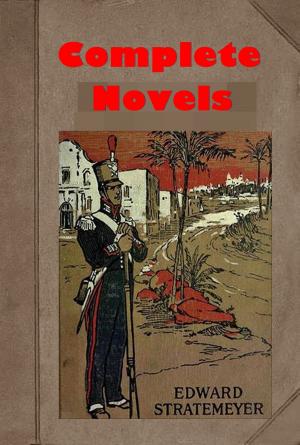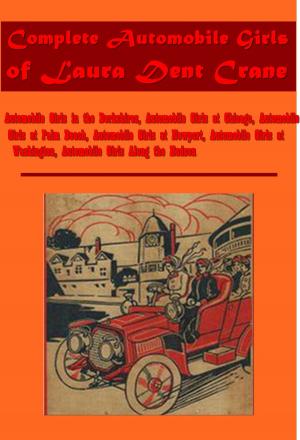| Author: | Petronius Arbiter | ISBN: | 1230000309891 |
| Publisher: | AEB Publishing | Publication: | March 9, 2015 |
| Imprint: | Language: | English |
| Author: | Petronius Arbiter |
| ISBN: | 1230000309891 |
| Publisher: | AEB Publishing |
| Publication: | March 9, 2015 |
| Imprint: | |
| Language: | English |
The Satyricon is an example of Menippean satire, which is very different from the formal verse satire of Juvenal or Horace. The work contains a mixture of prose and verse (commonly known as prosimetrum); serious and comic elements; and erotic and decadent passages. As with the Metamorphoses (also called The Golden Ass) of Apuleius, classical scholars often describe it as a "Roman novel", without necessarily implying continuity with the modern literary form.
The surviving portions of the text detail the misadventures of the narrator, Encolpius, and his lover, a handsome sixteen-year-old servant boy named Giton. Throughout the novel, Encolpius has a difficult time keeping his lover faithful to him as he is constantly being enticed away by others. Encolpius's friend Ascyltus (who seems to have previously been in a relationship with Encolpius) is another major character.
The world's first novel is all about two guys fighting for the love - and sexual attentions - of a beautiful young man. The Satyricon, written by Nero's arbiter of taste Petronius is hilarious, strange and perhaps the most accurate picture of Roman we've got.
It is one of the two most extensive witnesses to the Roman novel . Satyricon is also regarded as useful evidence for the reconstruction of how lower classes lived during the early Roman Empire.
The Satyricon is an example of Menippean satire, which is very different from the formal verse satire of Juvenal or Horace. The work contains a mixture of prose and verse (commonly known as prosimetrum); serious and comic elements; and erotic and decadent passages. As with the Metamorphoses (also called The Golden Ass) of Apuleius, classical scholars often describe it as a "Roman novel", without necessarily implying continuity with the modern literary form.
The surviving portions of the text detail the misadventures of the narrator, Encolpius, and his lover, a handsome sixteen-year-old servant boy named Giton. Throughout the novel, Encolpius has a difficult time keeping his lover faithful to him as he is constantly being enticed away by others. Encolpius's friend Ascyltus (who seems to have previously been in a relationship with Encolpius) is another major character.
The world's first novel is all about two guys fighting for the love - and sexual attentions - of a beautiful young man. The Satyricon, written by Nero's arbiter of taste Petronius is hilarious, strange and perhaps the most accurate picture of Roman we've got.
It is one of the two most extensive witnesses to the Roman novel . Satyricon is also regarded as useful evidence for the reconstruction of how lower classes lived during the early Roman Empire.















